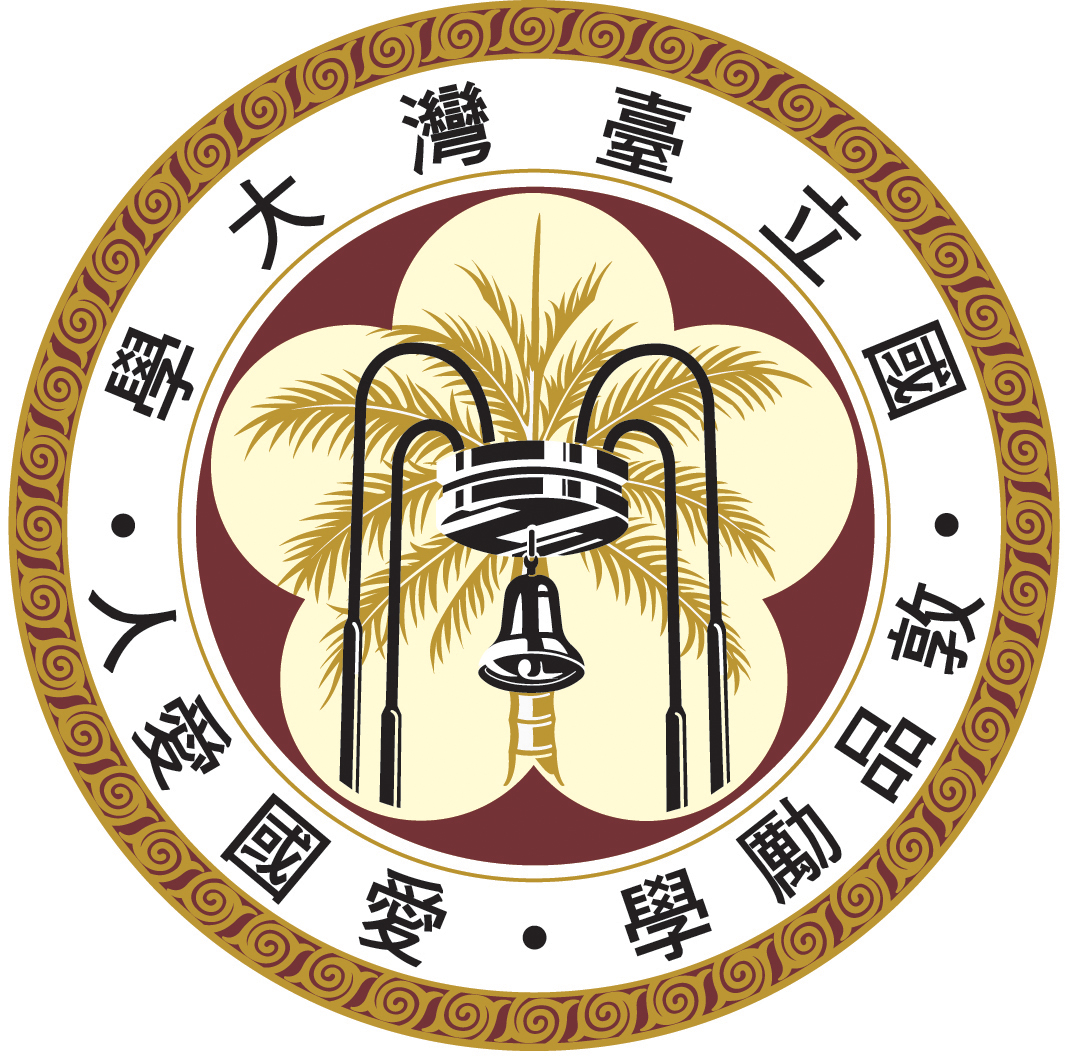Functional Nanoporous Materials
Research Field
My research interests and expertise are the structural design of functional nanoporous materials for biomedical applications. Since I started my own career in NTU in 2008, I have focused on the synthesis and functionalization of mesoporous inorganic (silica, titania, gold, iron oxide, hydroxyapatite, etc.) and organic (alginate) nanocomposites for intracellular drug delivery of bladder and liver cancers, controlled release of glaucoma, and bone healing. The goal of my research is to develop a platform including various kinds of nanoporous biomaterials for both fundamental investigations of challenging problems and practical applications of biomaterials-based devices. I believe that I have an excellent publication track record with 240 peer-reviewed publications, 17700 times citation, and a H-index of 69.
The research field can be divided into two major categories: Green Energy Applications and Biomedical Applications.
In Green Energy Applications, our focus is primarily on utilizing Metal-Organic Frameworks (MOFs) as catalysts for biomass energy conversion. This involves the transformation of biomass materials into Tris(5-methyl-2-furyl)methane (TriM), followed by inducing an oxidation-reduction reaction through the application of voltage, resulting in electrochromic behavior. Additionally, MOFs can be prepared as continuous two-dimensional films for ion-selective membranes, enabling osmotic power generation. Furthermore, this field encompasses the high-value utilization of plastic waste through thermal decomposition, yielding carbon sources for the production of high-value single-walled carbon nanotubes.
In the realm of Biomedical Applications, our primary focus lies in harnessing biocompatible Metal-Organic Frameworks (MOFs) as carriers. These carriers are employed for various applications, including the encapsulation and targeted delivery of magnesium ions to facilitate bone repair. This approach proves effective in enhancing bone regeneration processes. Furthermore, we utilize near-infrared light to release encapsulated drugs for tumor treatment. Subsequent developments have expanded the applications to include the treatment of edema in limbs and the purification and separation of proteins.
Metal-Organic Frameworks
Biomass conversion
Plastic Conversion
Nanomedicine
Osmotic power generation
2018: Humboldt scholars, Research Fellowship for Experienced Researchers from Alexander von Humboldt Foundation, Germany, 2018-2020.
2018: Outstanding Research Award, Ministry of Science and Technology, Taiwan.
2019: ACS Sustainable Chemistry & Engineering Lectureship Award (ACS)
2019: Outstanding Researcher Award (Asia-Pacific Association of Catalysis Societies; APACS)
2019: Outstanding Young Scholar Award, LCY Education Foundation.
2020: Outstanding Research Award, Ministry of Science and Technology, Taiwan.
2021: Clarivate Highly Cited Researchers (Cross-fields)
2001-2005 Ph.D., Dept. of Mater. Sci. Eng., The University of Tokyo, Tokyo, Japan
1994-2000 B.S. & M.S., Dept. of Agri. Chem., National Taiwan University, Taipei, Taiwan
2 Vacancies
Job Description
Doing one of the following works
- MOF synthesis
- Doing biomass conversion
- Doing plastic conversion
- Doing biomedicine experiments
Preferred Intern Education Level
PhD is better but master or bachelor students are also welcome
Skill sets or Qualities
Aggregssive and postiive
